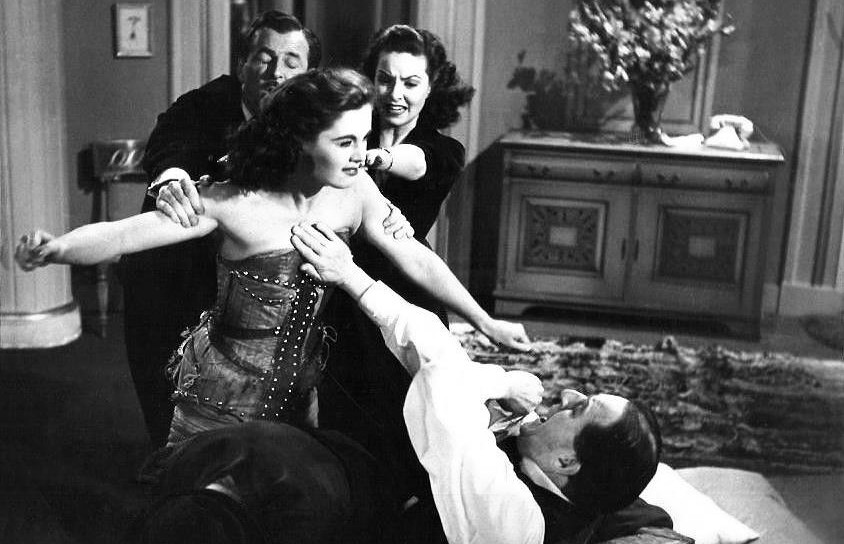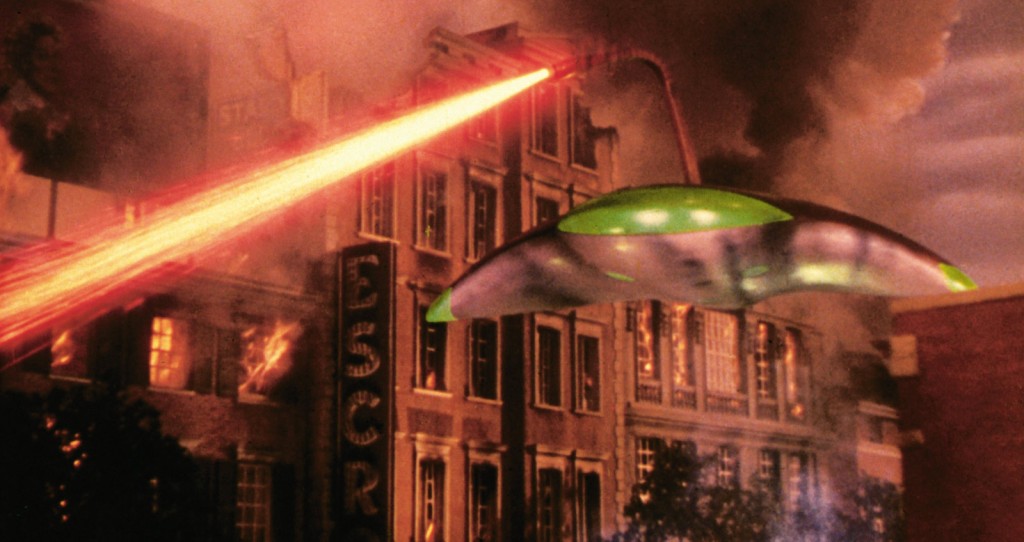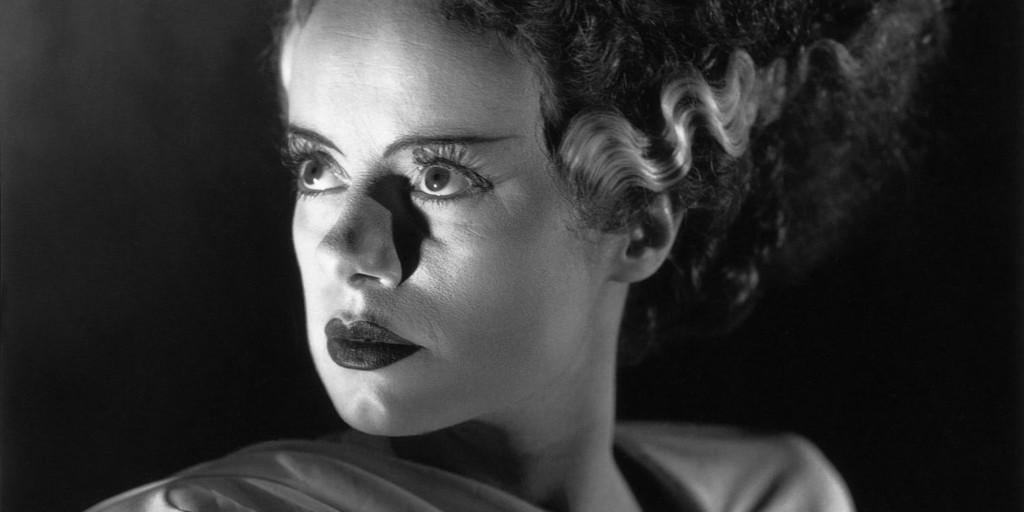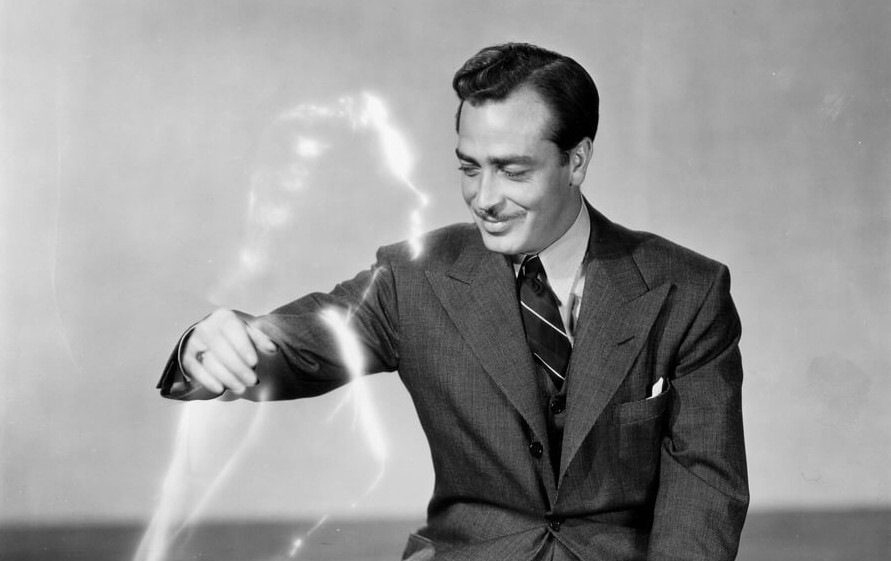Tag: H.G. Wells
-

The Island of the Lost
The earliest preserved “adaptation” of H.G. Wells’ The Island of Dr. Moreau from 1921 disappoints Wells fans. While sporting impressive actors, the German comedy is marred by a haphazard script and lazy direction. 3/10
-
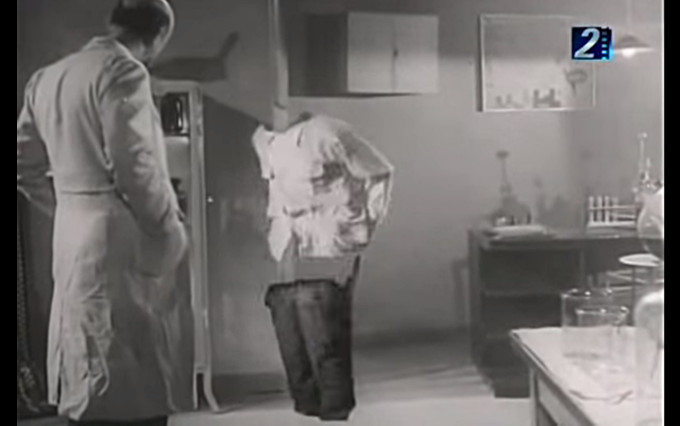
Min aina laka haza?
A scientist’s assistant turns himself invisible as to win the hand of his beloved. Egypt’s first SF movie from 1952 is a light-hearted musical comedy inspired by Universal’s Invisible Man films. Not very original, but aptly made and quite enjoyable. 5/10
-

Tômei ningen arawaru
A rare gem, Japan’s earliest preserved science fiction film The Invisible Man Appears is more inspired by Universal’s Invisible Man films than H.G. Wells’ novel. This 1949 crime mystery drama meets tokusatsu film boasts the special effects of the great Eiji Tsuburaya and some good performances. 5/10
-

Invisible Agent
In 1942 Universal reinvented the invisible man as a Nazi foil in the fourth movie of the franchise. Invisible Agent gets the A movie treatment, as is evident from an A list cast including Cedric Hardwicke, J. Edgar Bromberg and Peter Lorre. As a comedy the film falls flat, but…
-

The Invisible Man Returns
Horror icon Vincent Price takes over the empty shirt and trousers of Claude Rains in The Invisible Man Returns (1940). Universal was still making good sequels to their horror films, although this one does clearly fall into B-movie category. But this is a good B-movie, well acted, well filmed and…
-
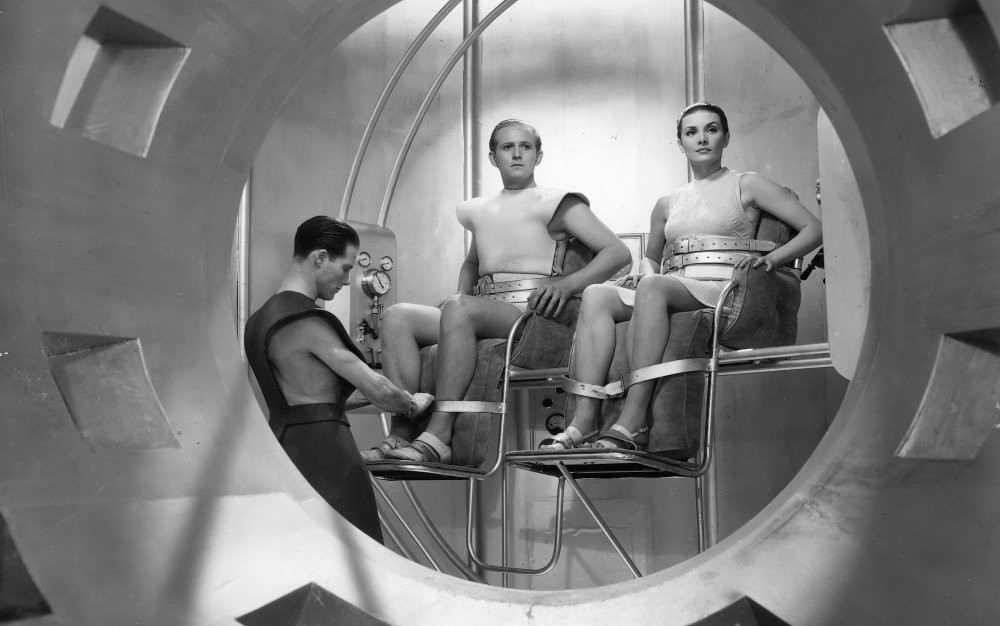
Things to Come
H.G. Wells and William Cameron Menzies take us on an epic journey through the future in this pompous 1936 social prophesy, the last big SF film before the 1950s. The most expensive film made in Britain at the time, Things to Come boasts incredible sets and effects, but the script is stiff, the…
-

The Invisible Man
The most distinctly science fictional of Universal’s classic horror franchise, this 1933 movie directed by James Whale took the world by storm thanks to the terrific acting of Claude Rains, astounding special effects and a witty script laced with dark comedy. By many considered the best H.G. Wells adaptation ever…
-
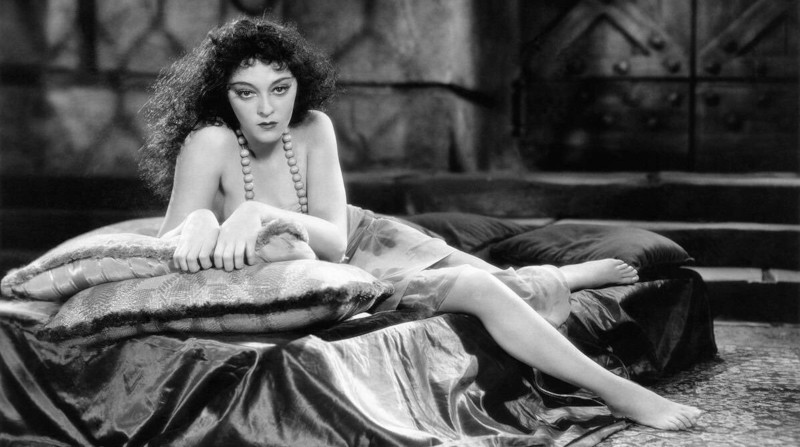
Island of Lost Souls
Paramount’s 1932 adaptation of H.G. Wells’ novella The Island of Dr. Moreau is the best of all the legendary 1930s sci-fi/horror movies. The daring script touches upon highly controversial subjects, Karl Struss’ fantastic cinematography and lighting create a feverish tropical nightmare, Charles Laughton and Bela Lugosi are mesmerising in their…
-
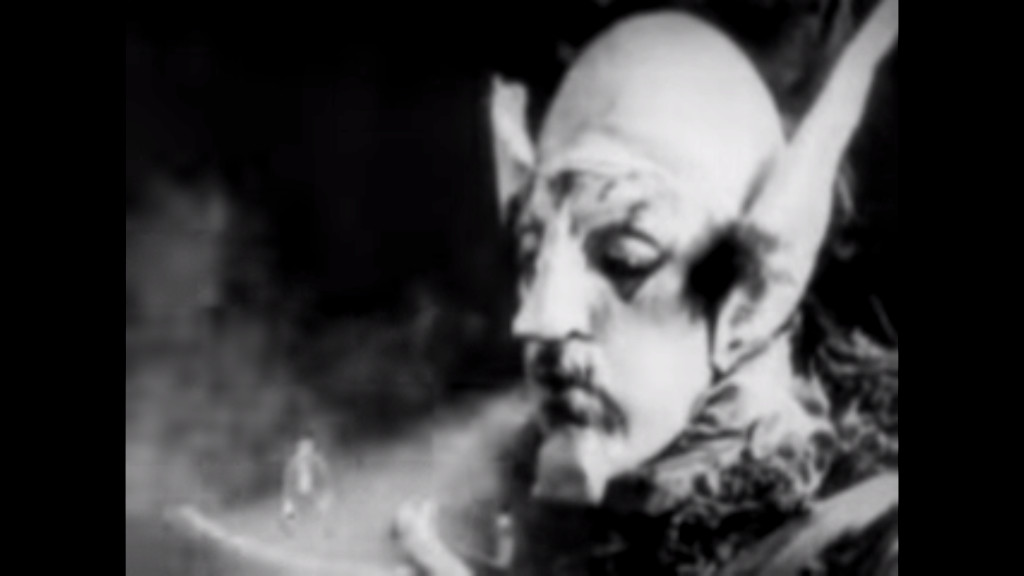
A Trip to Mars
A scientist floats to Mars and is captured by Martians in this early American short film. Not a masterpiece, but a well made and intriguing little film. 5/10 A Trip to Mars. USA, 1910. Silent short. Directed by Ashley Miller. Loosely based on H.G. Wells’ novel The First Men in…
-

An Excursion to the Moon
∗∗∗∗∗∗∗∗∗∗ (6/10) In 1908 Spanish master filmmaker Segundo de Chomon directed a carbon copy of Georges Méliès’ A Trip to the Moon. The result is professional, but uninspired. An Excursion to the Moon (Excursion dans la lune). 1908, France. Directed by Segundo de Chomon. Inspired by novels by Jules Verne…

